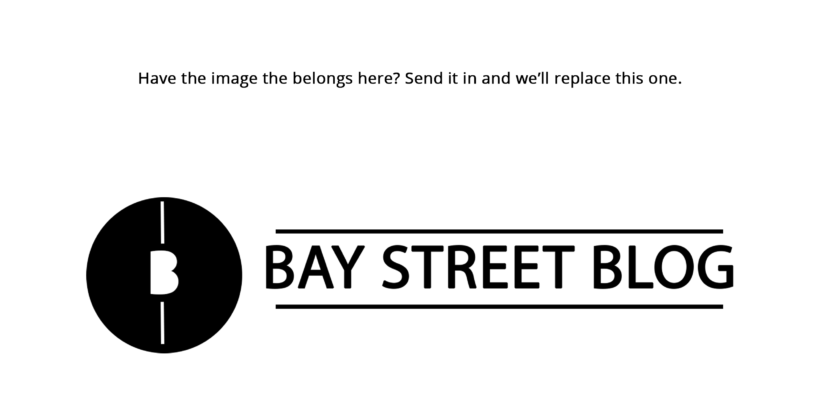Canadian Banking Industry: 2015 Overview
Share

Canada is known to have a solid economic system with its highly regulated financial institutions. The top 5 largest banks are Royal Bank of Canada, TD Canada Trust, Bank of Nova Scotia, Bank of Montreal, and Canadian Imperial Bank of Commerce. Canada tends to not have a banking crisis during recessions – this is due the strong regulations, controlling mortgage lending, and investment banking (National Bureau of Economic Research).
2015 was a rough year for banks – on average, bank shares lost 5.79% of it’s market value. However, banks on average provided a better Return on Investment than the Toronto Stock Exchange (TSX), which was heavily affected by declining oil prices. The TSX performance for 2015 was -9.61%

Source: Yahoo Finance
This was due to many external factors, such as the Investor worries over the Chinese’ Stock Market Crash, and the falling Canadian dollar, which is at multi-year lows. However, Canadian stocks were mostly affected low crude oil prices, which have hit a 12-year low.
During 2015, Bank of Canada reduced the interest rates by 50 basis points. Bank of Canada reduced the interest rates by 25 basis points on January 21st, 2015, and another 25 basis points on July 15th, 2015. Currently, the Overnight Rate is 0.5% (Bank of Canada). This interest rate cut lead to the major Canadian banks to cut their lending rates, thus reducing the profits earned from loans. Despite market conditions, banks are known to provide consistent cash flow to investors from it’s dividend payouts. In Canada, the average dividend yield of the 5 largest banks is 4.674%.
Royal Bank of Canada (TSE: RY)
Royal bank is the largest bank in Canada, in terms of market capitalization. Royal Bank of Canada operates under the brand name of RBC.
2015 Stock Performance:
- Return on Investment: -6.00%
- Dividend: $3.16 CAD
- Current Yield: 4.49%

Source: Yahoo Finance
TD Canada Trust (TSE:TD)
TD is known to be the bank of ‘customer service.’ Despite being the second largest bank in Canada, it has been competitive with its retail banking sector – with long hours, and 7-day service.
2015 Stock Performance:
- Return on Investment: 0.56%
- Dividend: $2.04 CAD
- Current Yield: 3.97%

Source: Yahoo Finance
Bank of Nova Scotia (TSE: BNS)
Although Bank of Nova Scotia does not have the same competitive hours as TD – they have the competitive advantage of linking the Scene rewards system to their debit and credit cards (within their Retail Banking Line of Business). This incentive encourages many movie-goers to open an account at Bank of Nova Scotia.
2015 Stock Performance:
- Return on Investment: -12.94%
- Dividend: $2.18 CAD
- Dividend Yield: 5.17%

Source: Yahoo Finance
Bank of Montreal (TSE: BMO)
Bank of Montreal is Canada’s first Bank – founded in Montreal, in 1817. Like every other Canadian bank, BMO has been adapting to technology, such as using your fingerprint to log in to your banking app, and ATMs that take cash and cheque deposits without envelopes.
2015 Stock Performance:
- Return on Investment: -3.26%
- Dividend: $3.36 CAD
- Dividend Yield: 4.56%

Source: Yahoo Finance
Canadian Imperial Bank of Commerce (TSE:CM)
Canadian Imperial Bank of Commerce, also known as CIBC, was one of the largest banks in Canada in the 1990s, however, it lost its market share to other banks. Recently, CIBC has made a partnership with Tim Horton’s for the CIBC Visa Card – offering CIBC retail customers with a reward system.
2015 Stock Performance
- Return on Investment: -7.31%
- Dividend: $4.6 CAD
- Current Yield: 5.18%

Source: Yahoo Finance
Conclusion
Despite the market conditions, and a negative first week of 2016 – bank stocks are worthy to have in your investment portfolio, as they provide consistent cash flow (from dividends), and capital gain in the long-term. All Canadian banks are shifting towards more digital operations – meaning that there will be less front-line staff, thus cutting down on the costs. This would potentially lead to bigger profits in the medium-term, and leading banks to be more competitive against Fin-Tech start ups, which typically have the competitive advantage of having no front-line staff.
Stocks Mentioned: RY, TD, BNS, BMO, CM
Writer: Jelani Smith
Disclaimer: All investing can potentially be risky. Investing or borrowing can lead into financial losses. All content on Bay Street Blog are solely for educational purposes. All other information are obtained from credible and authoritative references. Bay Street Blog is not responsible for any financial losses from the information provided. When investing or borrowing, always consult with an industry professional.






Bay Street Blog Newsletter
Click here to subscribe for a financial savvy experience.
Please check your email to confirm subscription!